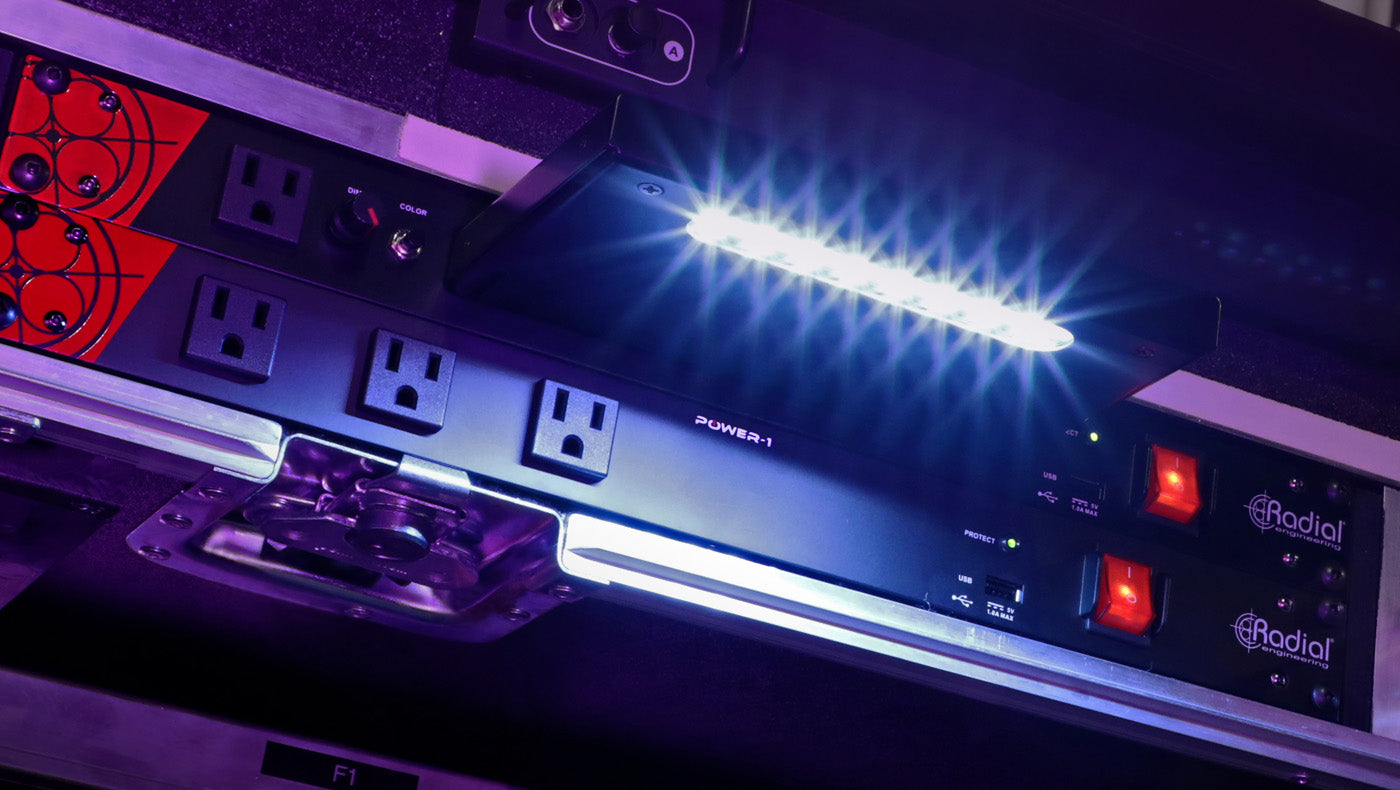We've all been there - you get a beautiful new guitar and you want to get a case that will protect your new instrument from the rigors of dust, travel, or living in your closet. Here is where the trouble begins, as there about a zillion "cases" out there that may or may not fit your guitar. Keep in mind that there are a variety of guitar shapes that you may need to take into consideration. So where do you begin? Fear not, we've created this guide to help you on your quest!
Types of Cases
Our first stop will be to look at the various types of cases that are available, and the best applications for each of those types.
Gig Bags & Sleeves

Gig Bags are basically a light-weight dust cover for your guitar. They are designed with minimal padding, and are ideal for casual use and travel. They may have some variation in features, such as backpack straps, should straps, or handles for carrying your instrument. If you are looking to just get something to keep dust off of your instrument, and maybe take it to a friends house from time to time, then this is a great option for you. Just keep in mind that the lack of padding means that your instrument won't be protected from being dropped or banged into.
Deluxe Gig Bags

Deluxe Gig Bags are designed to both protect your guitar from dust and from bumps and bruises. They have anywhere from a half inch to an inch of foam padding to provide an extra level of protection. They also usually have water-resistant fabric so if you get caught out in the rain your instrument will have some protection. Deluxe gig bags will have additional pockets to hold your accessories (tuners, strings, picks, cables, etc) and have padded handles and shoulder straps for long term carrying comfort. If you are doing a lot of gigging in your local area, but don't want to have the additional weight of a hard case, then this would be a great option for you.
Hard Cases

Hard Cases are designed to be a protective shell around your instrument against all manner of ills. Hard Cases are made with wood or plastic and with a good amount of foam padding to provide protection against dust, bumps, drops, weather, and everything in between. Hard cases are not designed with extra pockets or shoulder straps, instead relying on handles to get you from one gig to the next. Some cases will have TSA friendly locks, which come in handy if you are doing a lot of airline travel.
Tour & Flight Cases

Tour and Flight Cases are like Hard Cases on steroids. They are designed with reinforced corners and additional levels of protection so that your instrument can be as protected as possible while on tour. If you are going to be on the road, then this is the type of case you should get to protect your instrument. There are even waterproof cases available for maximum protection from the elements.
Finding the best Fit
Once you have determined what type of case that you want to get to protect and transport for your guitar, the next challenge is finding one that will fit your instrument. In order to find the best fit, you will need to get the following measurements:
Overall Length
This is the overall length of your guitar, from the top of the headstock to the bottom of the body.
Body Length
This is the length of the body of the guitar, not including the neck joint. Measure it from the back of guitar for the best accuracy.
Lower Bout Width
This is the width of the guitar at the lowest (and typically widest) area of the body. This is the area furthest away from the neck of the guitar.
Middle Bout (Waist) Width
Most guitars have a curved shape that narrows and then expands out again. That is the waist, or middle bout, of the guitar.
Upper Bout Width
The widest area of the guitar above the waist, closest to the neck.
Body Depth
Measure the height of the body of the guitar at the thickest point.
Here is a chart that illustrates where to get these measurements on your instrument.

Once you have these measurements in hand, you can compare that information to the information provided in the listing of the case you are looking at, and determine if your instrument will fit properly. Keep in mind that there are a variety of guitar shapes and features that you may need to take into consideration.
Additional Considerations
Even though you have all of the measurements lined up, there are some other things to take into consideration.
Tremolo Arms
Some electric guitars have a tremolo arm that can't be removed, so you need to take that into consideration when measuring your guitar for the right case fit. Add the tremolo arm height into the body height measurement to help ensure a good fit.
Horns and Body Features
Does your guitar have a horn that sticks up above the neck joint, then you have to take that length into consideration as well. Add that to the body length measurement to help ensure a good fit.
Strap Locks
If your guitar has a strap lock that sticks out of the bottom, or top of the body, then you should add those into your overall body length measurement.
Slope of Body Curves
Even though you have the measurements for the lower bout, waist, and middle bout, those measurements don't help you see the slope or curve of your instrument, so while a case might look like it fits based on your measurements, if the slope of the curve is not the same as the case, sometimes that can prevent a good fit.
Don't Overdo It!
As important as it is to have your instrument fit in a case, you have to also watch to make sure that the case you are getting is not too large for your instrument. Having a larger case can be just as detrimental as having no case at all. If your guitar has lots of room to move around inside the case, then the case is not a good fit for your instrument, and can cause damage over time.
Additional Resources
Many case manufacturers will have a "case finder" tool available that can help you find a case that will fit your instrument. You can try to lookup matches for your guitar by choosing the type of instrument, the manufacturer, and the model to see if any options are available, or you can search by dimensions to find the best fit.

Gator Cases has a Case Finder tool available at gatorco.com/case-finder
Finding the Best Fit
Once you have found a case type that you like, and determined that all of your measurements will fit within the dimensions provided by the manufacturer or seller of the case, then the last part of the puzzle is trying it out. Hopefully this guide will help you find a better fitting case for your guitar, so that you can keep making music and have peace of mind that your instrument is perfectly protected!
If you need additional help finding a case for your instrument, feel free to reach out to us at 855-269-0474 or email us at questions@pixelproaudio.com. We'll be happy to help you find a case for your instrument!


